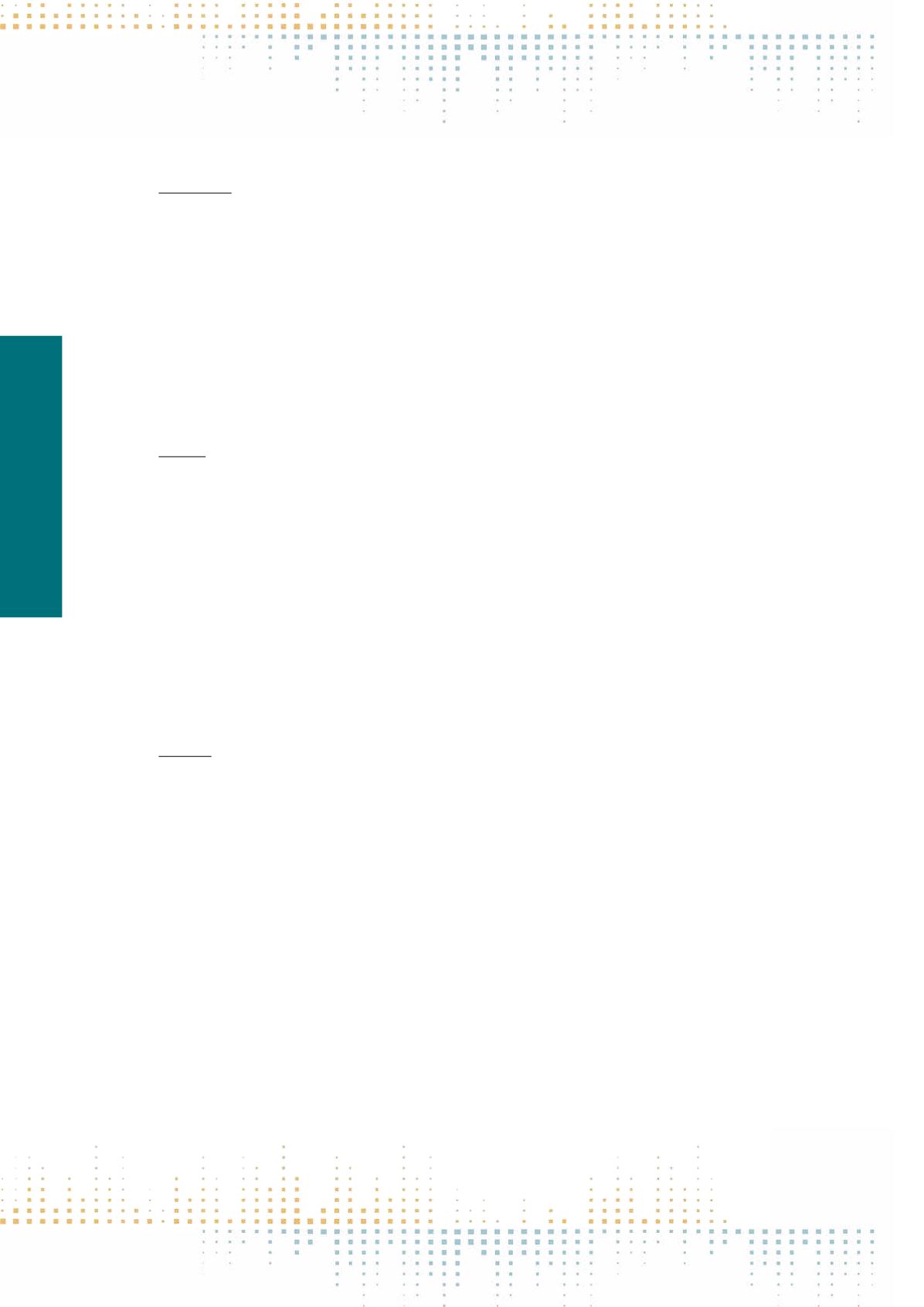

626
Thursday, November 10
1 4 : 3 0 – 1 6 : 0 0
PN 120
Diagnosing and Treating “a Cancer”? Representations of Religion, Laïcité and Muslim Neighbourhoods in the Interviews with French
Intellectuals in Le Monde and Libération
D.B. Kejanlioğlu
1
1
Giresun University, Giresun, Turkey
The Belgian interior minister, Jan Jambon, in a recent interviewwith De Standaard (16 April 2016) has stated,“A significant section of the Muslim communi‑
ty danced when attacks took place.”He has also mentioned terrorists as“just a boil”,“underneath is a cancer”to be treated;“that is the real problem”. While
his target seems mainly to be the Muslim-dominated neighbourhood in Brussels, Molenbeek, the problem he refers to is quite a general one, i.e.,‘the failure
to integrate Muslims into the society’. This is in line with the hegemonic discourse on religion, culture and society in France, a country having the largest
Muslim population in Europe and being the champion of laïcité. However, it is obvious that neither Brussels attacks in March 2016 nor Paris attacks both in
January and November 2015 can be set as the issue only of Belgium and France, and of Europe when one considers the war in the Middle East and previous
attacks in NewYork, London, Istanbul, etc. I would like to pursue a‘logic of disintegration’to understand where“cancer”as a group of diseases can reside and
how it can be treated. In doing so, I focus on a somewhat critical representations of religion, laïcité, Muslim neighbourhoods in a socio-historical context
of capitalism, terrorism and war through analysing interviews with such distinct intellectuals as Alain Badiou, Régis Debray, Alain Bertho, Gilles Kepel and
Oliver Roy, published in Le Monde and Libération in the first few months of 2016.
PN 121
The Religious Construction of the Meaning in a Crisis Situation
M. Coman
1
1
The University of Bucharest, Bucharest, Romania
Mass media not only transmit and interpret data on crisis, but also they offer on their new and social media pages a space for the publics to express their
emotions, to submit their interpretations and to debate the crisis issues. During crisis situations the public increasingly turns to social media, and often they
switch from only passive consumers of the information to possible creators of information and interpretation. In such cases religion offers one of the frames.
We believe that in a crisis, the public discourse is dominated by emotions-as-frames and that media and public use frequently religious frames (archetypes,
myths, religious) and ritual sequences (prayer, course, grief pilgrimages etc) to create a space of emotional dialogue through symbolical representations.
Through these symbolical constructions the crisis is integrated in the categories of the collective imaginary and becomes meaningful. The aim of this paper
is to demonstrate that, under certain circumstances, media achieve a religious construction of an event. Based on the heated debates raised by the Collec‑
tive drama (65 people died and more than 200 were injured in a fire) we would like to show that journalists (and later the public) framed the crisis within
the symbolic system specific to religious ritual and myth (the concert as a ”satanic” manifesto and the absence of the priests in the morning of victims).
Within this framework, meanings appear as already existing (they precede the event), and those who report the sequence of facts and their meaning appear
as agents of an extra-mundane‘truth’. The ritualization of the journalistic performance and the mythologisation of the representation of the events enables
journalists to present themselves as lithurgic officiates and ”apostles”of the event.
PN 122
Response by Katja Valaskivi
K. Valaskivi
1
1
University of Tampere, Tampere Research Centre for JournalismMedia and Communication (COMET), Tampere, Finland
This contribution will be a response by Katja Valaskivi to the panel papers.



















